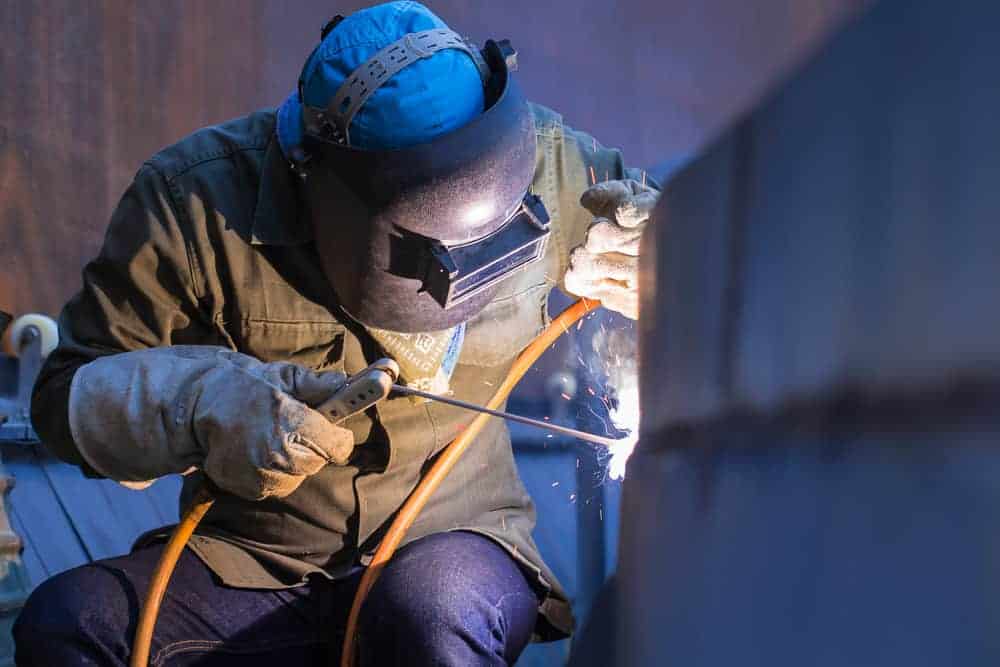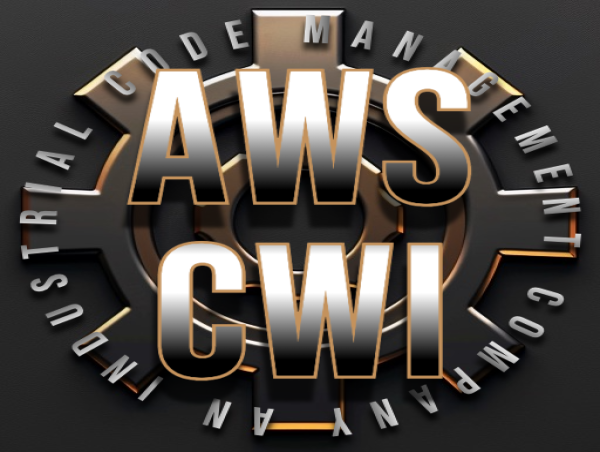Common Issues Found Throughout Welding Inspection Milwaukee and How to Fix Them
Common Issues Found Throughout Welding Inspection Milwaukee and How to Fix Them
Blog Article
Understanding the Importance of Welding Inspection in Ensuring Structural Stability and Safety Across Various Industries
Welding assessment is an indispensable procedure that safeguards architectural honesty and safety across diverse industries. As we explore the details of welding evaluation, the concern emerges: what are the most crucial aspects that add to efficient examination procedures?
Function of Welding Evaluation
While the honesty of welded frameworks is extremely important to safety and security and performance, the duty of welding assessment can not be overemphasized. Welding evaluation functions as a crucial quality assurance process that makes certain the adherence to established criteria and requirements throughout the welding operation. By systematically reviewing welds for problems, inconsistencies, and non-compliance, inspectors play an important duty in safeguarding the integrity of frameworks throughout various sectors.
Welding inspections encompass an array of tasks, from pre-weld evaluations to post-weld analyses. These analyses not only recognize possible concerns before they escalate yet additionally improve the overall integrity and life expectancy of welded elements. Welding Inspection Milwaukee. Assessments aid to validate the skill and competencies of welders, making certain that welding procedures are carried out correctly and products work
Furthermore, an extensive assessment method fosters compliance with regulative requirements and market requirements, decreasing the risk of disastrous failures. By promoting a culture of security and accountability, welding inspection adds considerably to both operational and economic efficiencies. Altogether, the role of welding assessment is vital, as it underpins the quality, security, and long life of welded frameworks necessary to modern framework and industry.
Kinds Of Welding Evaluations
Recognizing the different kinds of welding evaluations is necessary for keeping the high quality and safety and security of bonded frameworks. Welding inspections can be classified into numerous types, each serving a details function in the assessment procedure.
Aesthetic examination is the most basic type, including a cautious assessment of the welds with the naked eye or through magnification. This method assists recognize surface area defects such as cracks, incomplete fusion, or extreme spatter.
These approaches enable examiners to evaluate the integrity of welds without endangering the material's structure. Ultrasonic testing utilizes high-frequency audio waves to discover interior flaws, while radiographic testing utilizes X-rays or gamma rays to picture inner weld features.
Destructive screening, though much less common, includes literally evaluating examples to recognize the weld's mechanical residential or commercial properties. Each kind of inspection adds to an extensive assessment, ensuring that welding fulfills sector requirements and safety needs.
Sector Standards and Rules
Establishing industry requirements and laws is critical for making sure the safety and dependability of bonded structures. These standards work as standards for efficiency, quality, and safety and security, leading suppliers and examiners in the execution of welding procedures. Numerous companies, such as the American Welding Culture (AWS) and the International Organization for Standardization (ISO), have developed comprehensive requirements that dictate procedures for welding practices, certification of welders, and evaluation methods.
Compliance with these policies not only improves the quality of welds however likewise lessens threats related to architectural failings. Certain codes, such as the ASME Central Heating a knockout post Boiler and Stress Vessel Code, overview demands for the construction of stress vessels, ensuring they can withstand operational stresses. In addition, national and local regulations commonly mandate adherence to these market criteria, reinforcing their importance across sectors like building, aerospace, and automobile production.
Regular updates to these standards reflect advancements in innovation and welding strategies, ensuring that precaution continue to be relevant. Thus, a comprehensive understanding and execution of these standards is crucial for welding professionals, promoting a culture of security and top quality in welded structures.
Effects of Poor Inspections
Inadequate assessments can bring about severe consequences in the welding market, weakening the extremely requirements and guidelines created to make sure safety and security and architectural stability. The repercussions of inadequate inspections can materialize in different kinds, from immediate safety hazards to long-term architectural failures. Among one of the most disconcerting outcomes is the potential for disastrous accidents, which can cause considerable injury or death. In sectors such as aerospace, production, and construction, the ramifications of second-rate welding can jeopardize entire frameworks or elements, resulting in pricey repair services and considerable downtime (Welding Inspection Milwaukee).
Additionally, inadequate assessments can stain a firm's reputation and outcome in lawful repercussions, including penalties and lawsuits. Non-compliance with well established standards not only endangers the honesty of tasks but likewise decreases customer count on the brand. Furthermore, the monetary implications can be staggering, including both straight expenses associated with repair work and indirect costs such as shed service possibilities and boosted insurance premiums. Inevitably, the implications of investigate this site inadequate assessments expand past individual jobs, influencing industry-wide requirements and public understanding, hence highlighting the vital need for effective and extensive welding assessments.
Ideal Practices for Effective Examinations
Reliable welding assessments are paramount to guaranteeing the integrity and security of welded frameworks. To achieve optimum results, examiners must stick to a number of best techniques that enhance the assessment procedure.

Second of all, inspectors ought to possess the required credentials and accreditations pertinent to the welding processes and products being analyzed. Continuous training and professional advancement are critical to staying updated on sector requirements and technical innovations.
In addition, making use of proper inspection devices and techniques, such as visual examinations, ultrasonic testing, and radiographic examinations, is crucial for discovering flaws that could endanger structural stability.
Last but not least, detailed paperwork of the assessment process is important. By carrying out look at this web-site these finest techniques, companies can substantially boost the effectiveness of their welding inspections and guarantee secure, reputable operations.
Conclusion

In verdict, welding evaluation is vital for keeping structural honesty and safety and security across various industries. By methodically reviewing welds and sticking to well established requirements, the evaluation procedure mitigates risks associated with flaws and non-compliance. The application of finest techniques in welding assessments not only improves the integrity and lifespan of bonded parts however additionally promotes industry laws. As a result, focusing on efficient welding examinations is critical to make certain the safety and security of workers, properties, and total operational stability.

As we check out the complexities of welding inspection, the question emerges: what are the most critical aspects that contribute to efficient inspection procedures?
Welding inspection offers as a crucial top quality control procedure that ensures the adherence to established standards and specs throughout the welding operation. In sum, the role of welding inspection is indispensable, as it underpins the top quality, security, and longevity of welded frameworks important to contemporary framework and sector.
Various organizations, such as the American Welding Culture (AWS) and the International Organization for Standardization (ISO), have created detailed criteria that determine procedures for welding practices, credentials of welders, and examination methods.
Ultimately, the ramifications of poor assessments extend beyond private jobs, influencing industry-wide criteria and public assumption, thus highlighting the critical demand for rigorous and efficient welding inspections.
Report this page